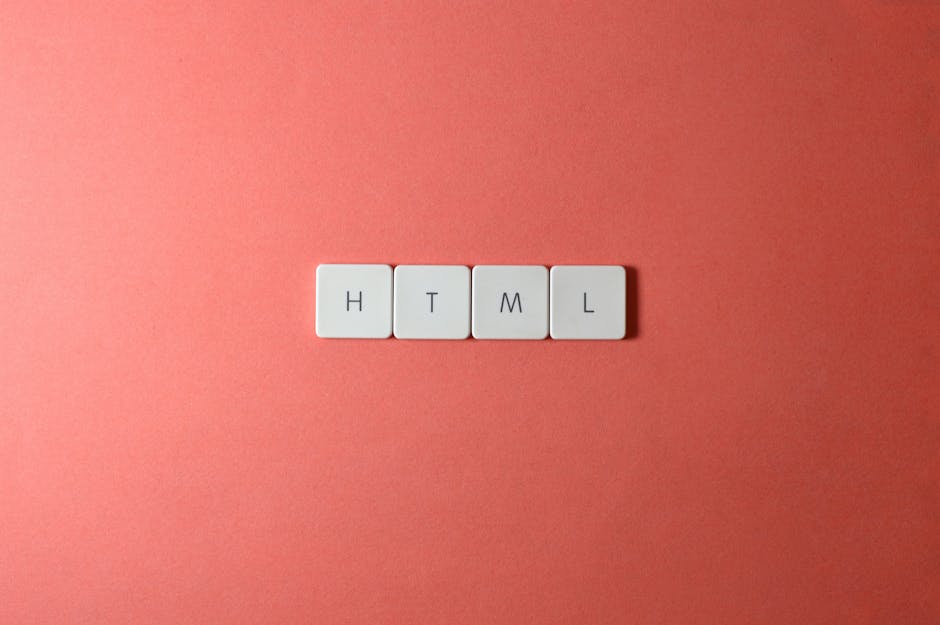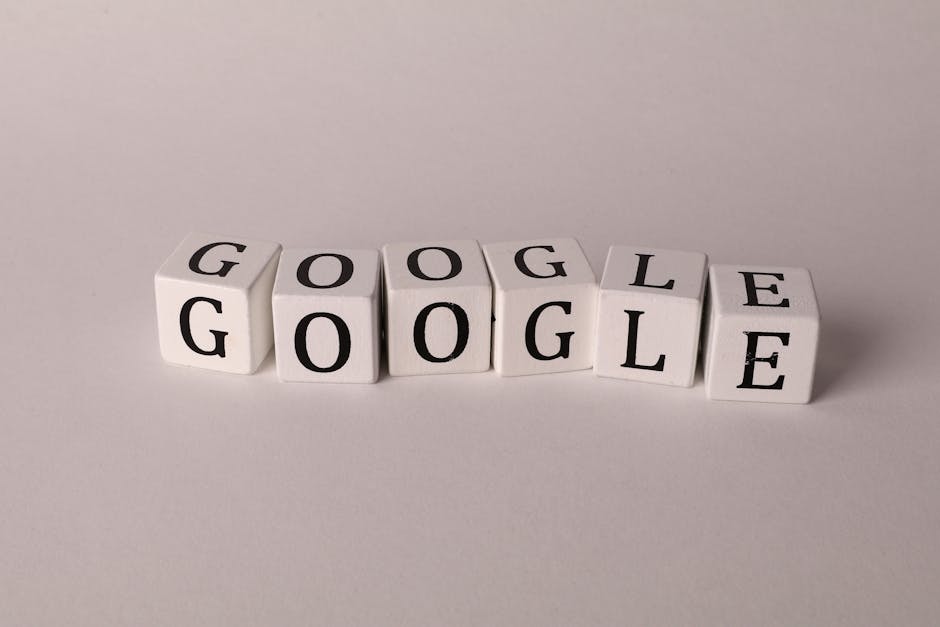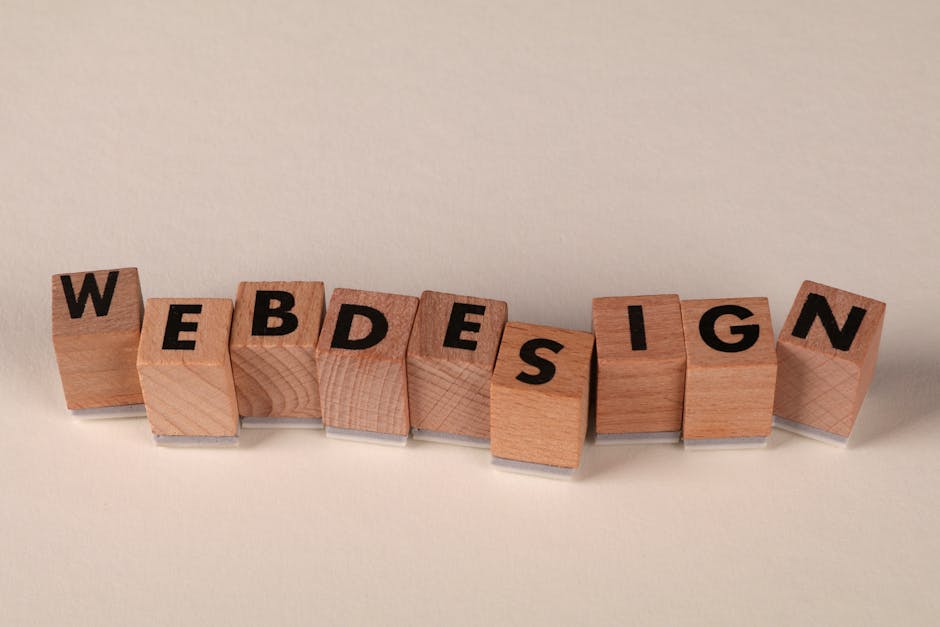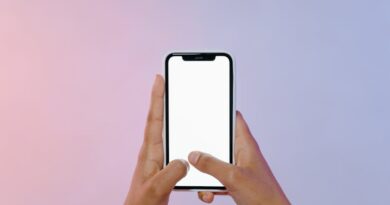The Role of Typography in Web Design
Have you ever made a quick decision based on how a website looks? you’re not alone. Studies show that 90% of users judge a website based on it’s design, and typography plays a huge part in that first impression. Lets explore how typography shapes web design and why it matters.
What is Typography?

Typography is more than just the style of letters. it’s the art of arranging text. This includes choosing fonts, sizes, spacing, and colors. Good typography enhances readability and helps convey a message effectively.
Imagine reading a novel where the text is too small or poorly spaced. It would be hard to enjoy the story, right? Similarly, on a website, bad typography can drive visitors away.
Why Does Typography Matter in Web Design?

Typography affects how users perceive your brand. It sets the tone and mood of your website. Heres how:
- First Impressions: A website with clean, modern typography feels trustworthy.
- Readability: Clear text helps visitors absorb information quickly.
- Brand Identity: Different fonts evoke different feelings. A playful font suits a childrens site, while a sleek font works for tech brands.
Research tells us that users spend less than 15 seconds on a site before deciding whether to stay. Typography can make all the difference in those few seconds.
How to Choose the Right Fonts?

Selecting fonts may feel overwhelming, but it doesnt have to be. Here are some tips:
- Limit Your Choices: Stick to 2-3 fonts. Too many can create chaos.
- Match Your Brand: Choose fonts that reflect your brands personality.
- Consider Readability: Ensure that your font is easy to read on all devices.
For example, Arial is a safe choice for body text. it’s simple and clear. On the other hand, a script font might be best for headings on a wedding planning site.
What is Font Pairing?

Font pairing is the practice of mixing fonts to create a cohesive look. it’s like mixing ingredients in a recipe. Get it right, and youll have a tasty dish. Get it wrong, and it can ruin the meal.
Here are some popular pairings:
- Serif and Sans Serif: A classic combo. Serif fonts add elegance, while sans-serif fonts keep it modern.
- Script and Sans Serif: This pairing adds flair and keeps things easy to read.
- Display and Body: Use a bold display font for headings and a clean font for body text.
How Does Size and Spacing Impact Readability?
Font size and spacing are crucial for a good reading experience. If the font is too small, users will strain their eyes. If it’s too large, it can be overwhelming.
A general rule is:
- Body Text: Aim for 16px or larger.
- Headings: Make these larger to create a clear hierarchy.
- Line Spacing: Use 1.5 line spacing for comfort.
Think about how you feel when reading a long email. If the text is cramped, it’s a chore. But with proper spacing, it’s much easier to digest.
What Color Should Your Typography Be?
Color in typography does more than just look nice. It also impacts readability and mood. Heres how to choose:
- Contrast: Ensure theres a strong contrast between the text color and the background. Black on white is the easiest to read.
- Brand Colors: Use your brand colors to maintain consistency. This builds recognition.
- Emotional Impact: Colors evoke feelings. For example, blue can promote trust, while red can create urgency.
Always test your color choices. If you find it hard to read, your visitors will too.
How Does Typography Affect User Experience?
Good typography enhances user experience. It guides visitors smoothly through your content. Consider this:
- Hierarchy: Use different sizes and weights to show importance. Headings should stand out.
- Consistency: Keep your typography style uniform across the site. This makes navigation easier.
- Accessibility: Use fonts and sizes that everyone can read, including those with visual impairments.
Remember, a positive user experience keeps visitors coming back.
What Are Common Typography Mistakes?
Even experienced designers can make typography mistakes. Here are some to avoid:
- Using Too Many Fonts: This can create a chaotic look.
- Poor Contrast: Low contrast makes text hard to read.
- Ignoring Mobile: Ensure your typography looks good on all devices.
Learning from mistakes is part of the process. Take the time to review and refine your typography choices.
How Can You Test Your Typography?
Testing your typography can help you understand what works best. Here are some methods:
- A/B Testing: Create two versions of a page with different typography and see which one performs better.
- User Feedback: Ask real users for their opinions. They can provide valuable insights.
- Analytics: Track metrics like bounce rates and time on page to see how users interact with text.
Testing isn’t just for big companies. Anyone can learn what resonates with their audience.
What Are Some Typography Trends to Follow?
Staying updated with typography trends is essential. Here are a few to watch for:
- Variable Fonts: These allow for more flexibility in size and style without loading multiple files.
- Bold Typography: Big, bold text is gaining popularity for making statements.
- Minimalist Designs: Simplicity continues to trend, focusing on clean fonts with lots of white space.
Trends can help your website feel fresh and modern. Just ensure they align with your brand.
Conclusion: What Are Your Takeaways?
Typography is a powerful tool in web design. It influences user experience, brand perception, and readability. By understanding it’s role, you can make better design choices.
Here are some key takeaways:
- Choose fonts that reflect your brand.
- Limit your font choices to maintain clarity.
- Pay attention to size, spacing, and color for readability.
- Test your typography to see what works best.
Remember, good typography can transform your website from ordinary to extraordinary. don’t underestimate it’s power!
If you want to dive deeper into web design, check out our post on Essential Web Design Tips.
With thoughtful typography, you can create a website that not only looks great but also engages and retains visitors. Happy designing!



